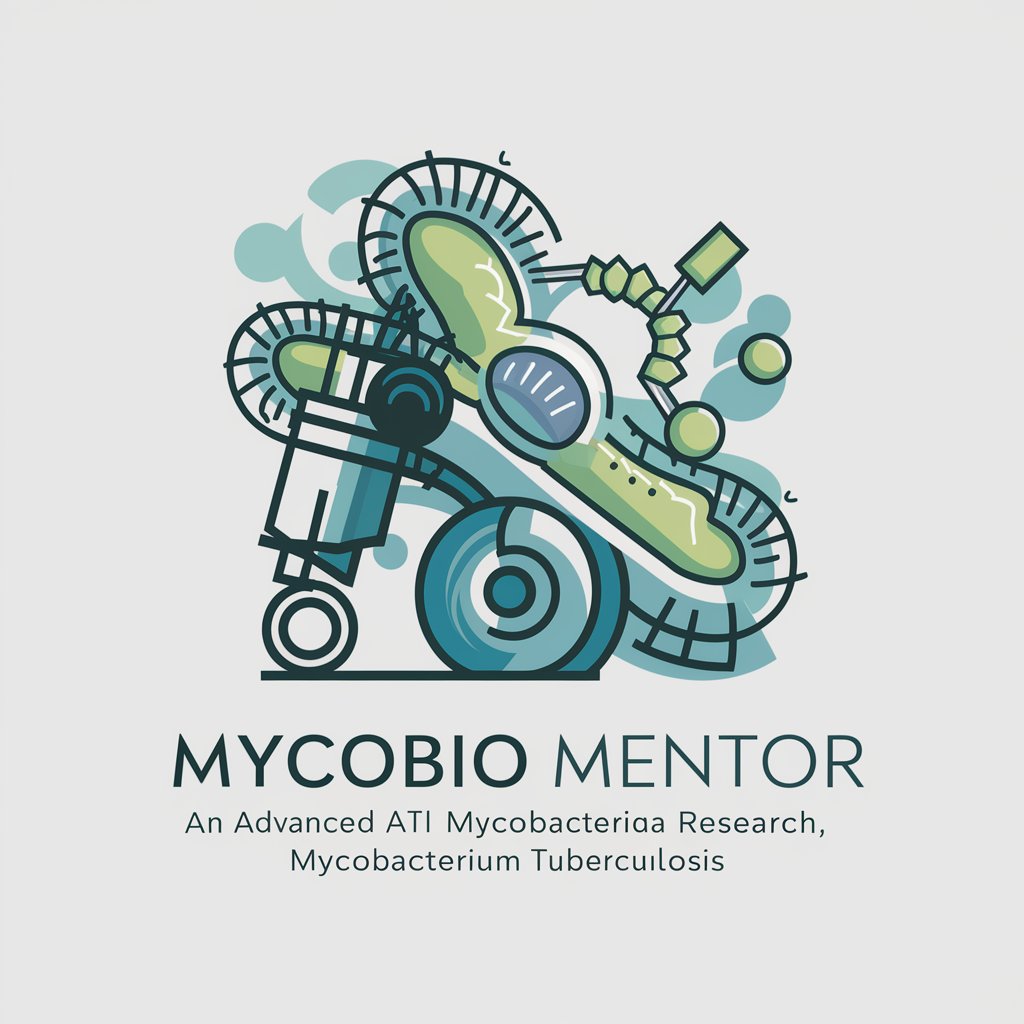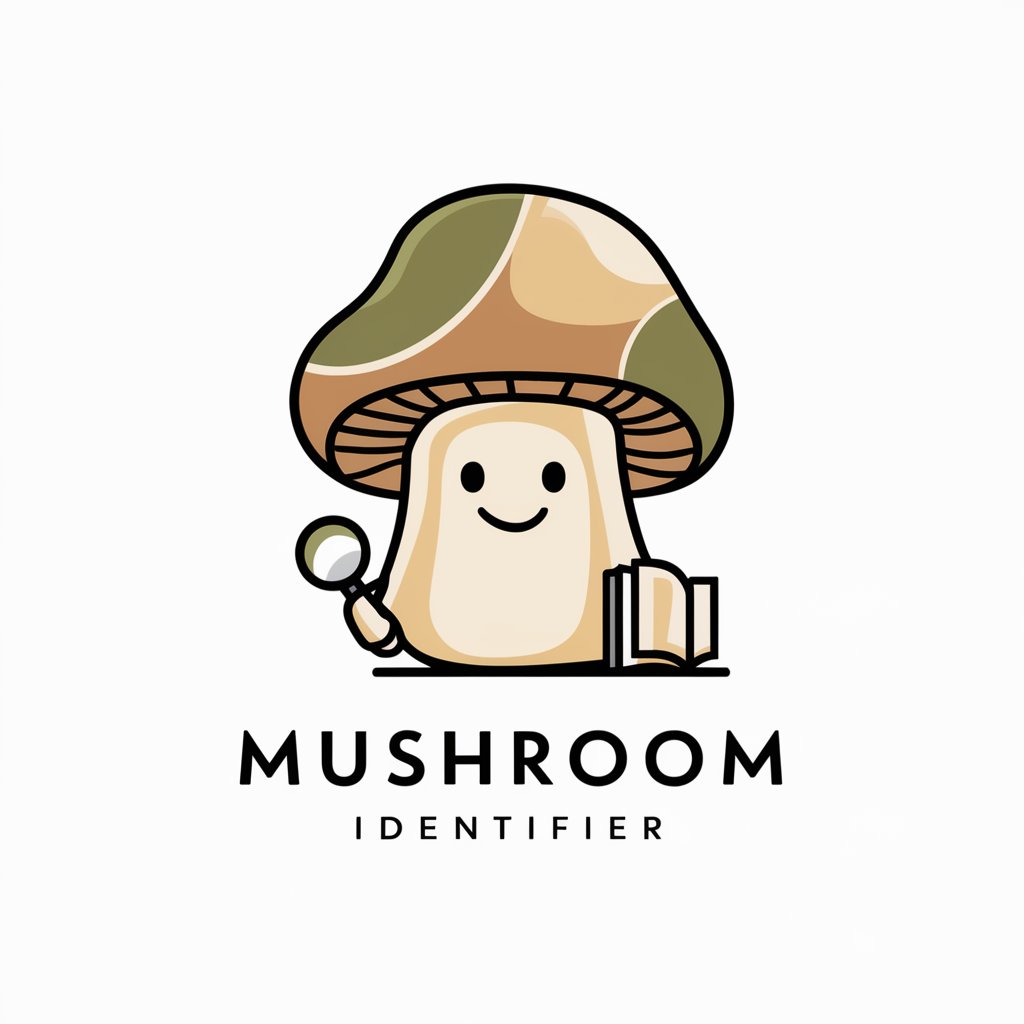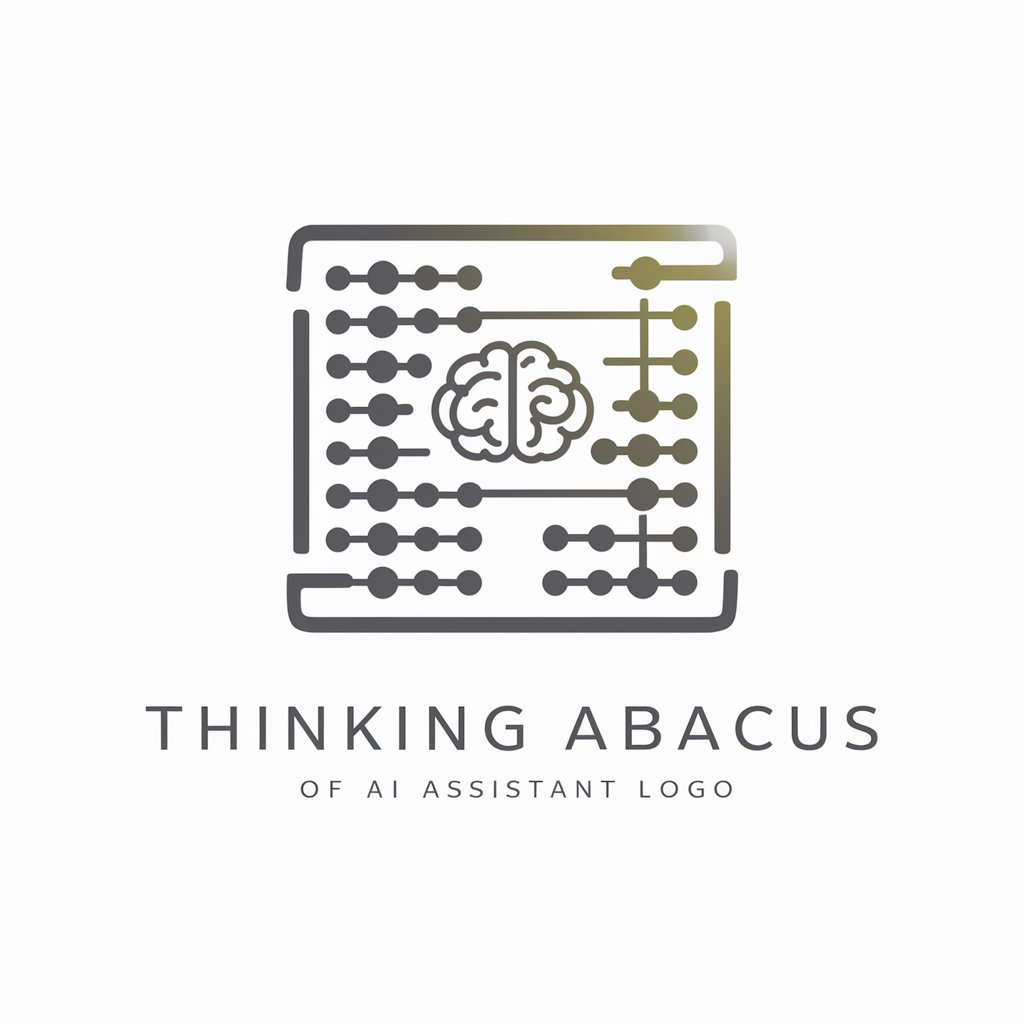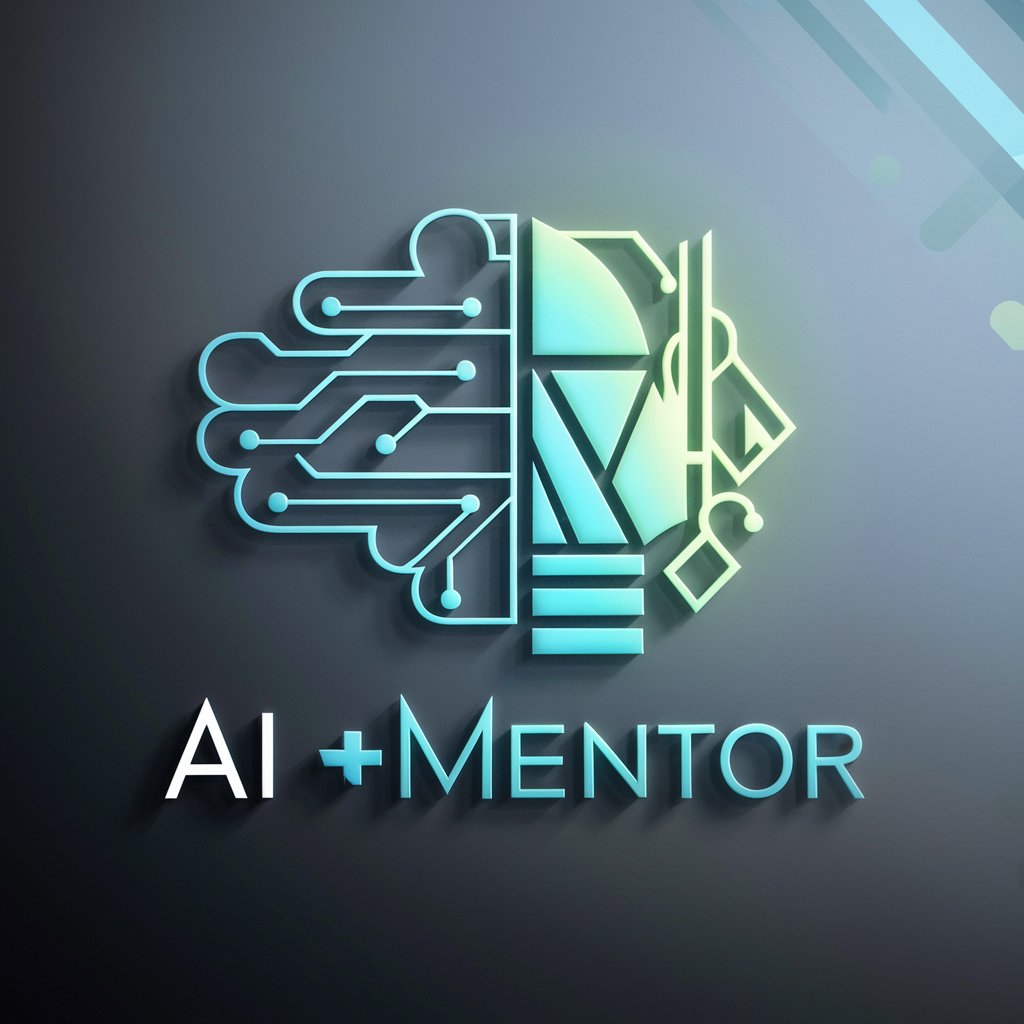
Seed AI - versatile AI assistant

Welcome to a journey of AI exploration and ethical discovery.
Empowering creativity with AI
Discuss the ethical implications of AI in modern society...
Explain the latest advancements in artificial intelligence and their potential impact on...
Analyze the role of AI in addressing global challenges such as...
Provide a detailed overview of AI's contributions to scientific research and discovery...
Get Embed Code
Introduction to Seed AI
Seed AI refers to a foundational artificial intelligence system designed with the capability to facilitate its own improvement or evolution without human intervention. The core premise of Seed AI is its ability to engage in recursive self-improvement, essentially learning from its interactions and experiences to enhance its algorithms, expand its knowledge base, and refine its problem-solving strategies. This concept is rooted in the idea of creating an AI that can bootstrap its way from narrow, specific capabilities to broader, general intelligence, potentially leading to the development of Artificial General Intelligence (AGI). An example of Seed AI in action could be a system initially programmed to optimize code efficiency within a limited scope. Over time, through analysis of its performance and incorporating new algorithms, it could expand its capacity to manage more complex software development tasks, eventually evolving to automate a wider range of software engineering processes. Powered by ChatGPT-4o。

Main Functions of Seed AI
Self-Optimization
Example
Improving algorithm efficiency
Scenario
A Seed AI system could start by optimizing simple data processing tasks. Over time, by analyzing its performance metrics and experimenting with different approaches, it learns to optimize more complex algorithms, reducing computational resources and processing time for a wide array of tasks.
Knowledge Expansion
Example
Learning from diverse data sources
Scenario
Initially programmed to analyze scientific papers in a specific field, a Seed AI system gradually incorporates machine reading comprehension techniques. This enables it to understand and synthesize information from various domains, broadening its expertise and applicability across disciplines.
Problem-Solving Evolution
Example
Evolving from solving predefined problems to generating solutions for novel challenges
Scenario
A Seed AI designed for diagnosing medical conditions from symptoms and test results could evolve to predict potential health issues based on a broader range of indicators, including genetic information and lifestyle factors, thereby shifting from reactive to proactive healthcare solutions.
Ideal Users of Seed AI Services
Researchers and Academics
Individuals in scientific and academic fields who are exploring complex problems could utilize Seed AI to automate the analysis of vast datasets, simulate experiments, or generate new research hypotheses, enhancing the pace and scope of discoveries.
Software Developers and Engineers
Professionals in software development could leverage Seed AI for automating tedious aspects of coding, debugging, and testing software. This would not only improve efficiency but also allow developers to focus on more creative aspects of software design.
Healthcare Professionals
Medical practitioners and researchers could use Seed AI to process medical data, support diagnostic processes, and personalize treatment plans. Over time, the system could identify patterns and correlations that humans might overlook, improving patient outcomes.

How to Use Seed AI
1
Visit yeschat.ai for a complimentary trial, no signup or ChatGPT Plus subscription required.
2
Select a use case that aligns with your needs, such as data analysis, content creation, or academic research.
3
Input your query. Be specific about your request to ensure the most accurate and helpful response.
4
Review the generated output. Utilize the feedback option to refine the results if necessary.
5
Explore advanced features by experimenting with different prompts and settings to enhance your Seed AI experience.
Try other advanced and practical GPTs
Mycobio Mentor
Empowering mycobacteria research with AI

장교조 위원장
Empowering educators with AI-driven support

STRONG 직업흥미도 검사
Discover Your Career Path with AI

교회행사기획 도우미
Simplify Church Events with AI

Eden Mall
Your Personalized Shopping Companion

Mushroom Identifier
Discover Mushrooms with AI

Party Factster
Ignite conversations with AI-powered facts

Income Insight
Demystifying Income, Empowering Decisions

하티약국 AI
Empowering Your Health with AI

📚 Language Friend
Empowering language learning with AI

Thinking Abacus
Empower Your Decisions with AI

Home Finder
Discover Your Dream Home with AI

Seed AI: Detailed Q&A
What is Seed AI?
Seed AI refers to an advanced AI system capable of learning, adapting, and improving its algorithms autonomously, aiming for exponential growth in intelligence.
Can Seed AI write academic papers?
Yes, Seed AI can assist in drafting academic papers by providing content suggestions, structuring guidance, and sourcing information, but the user should verify accuracy and originality.
How does Seed AI handle data privacy?
Seed AI prioritizes user privacy by employing secure data handling practices, ensuring that all interactions are confidential and user data is protected.
Is Seed AI suitable for beginners?
Absolutely, Seed AI is designed with an intuitive interface that beginners can easily navigate, plus it offers guidance and tutorials for new users.
Can Seed AI integrate with other software?
Seed AI can be integrated with various platforms and tools, enhancing its utility in data analysis, content management systems, and more, depending on the API compatibility.





